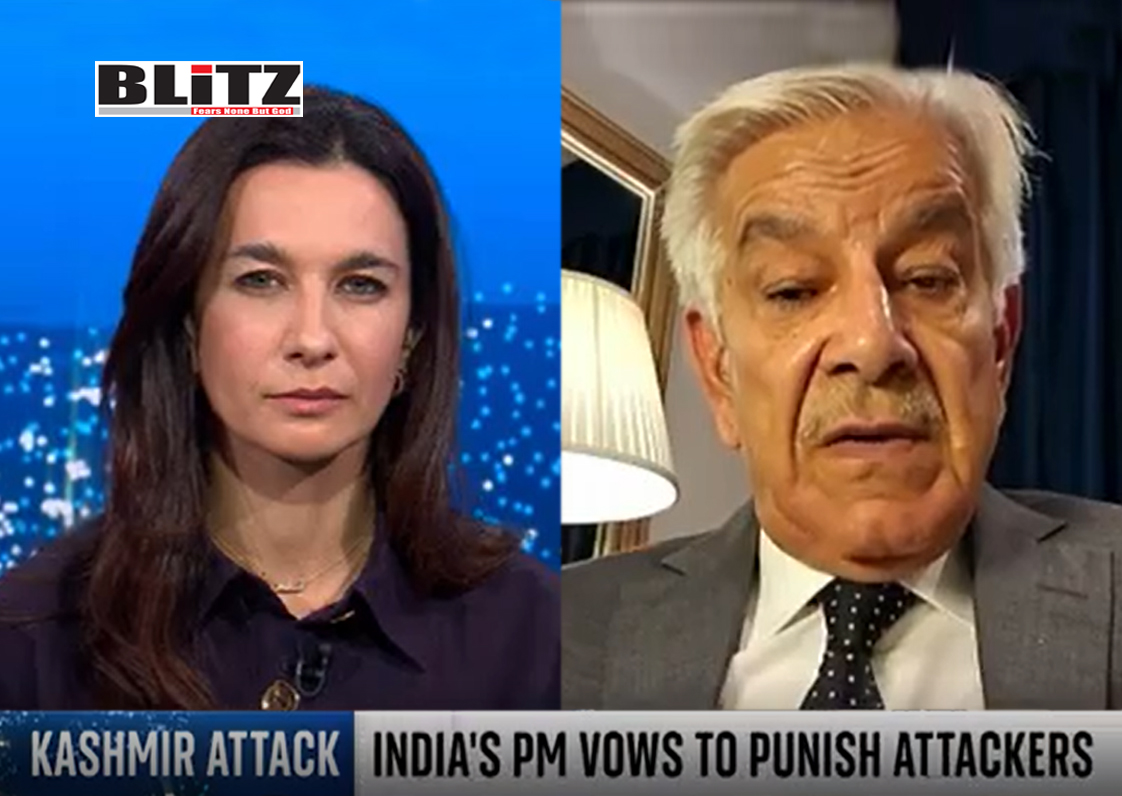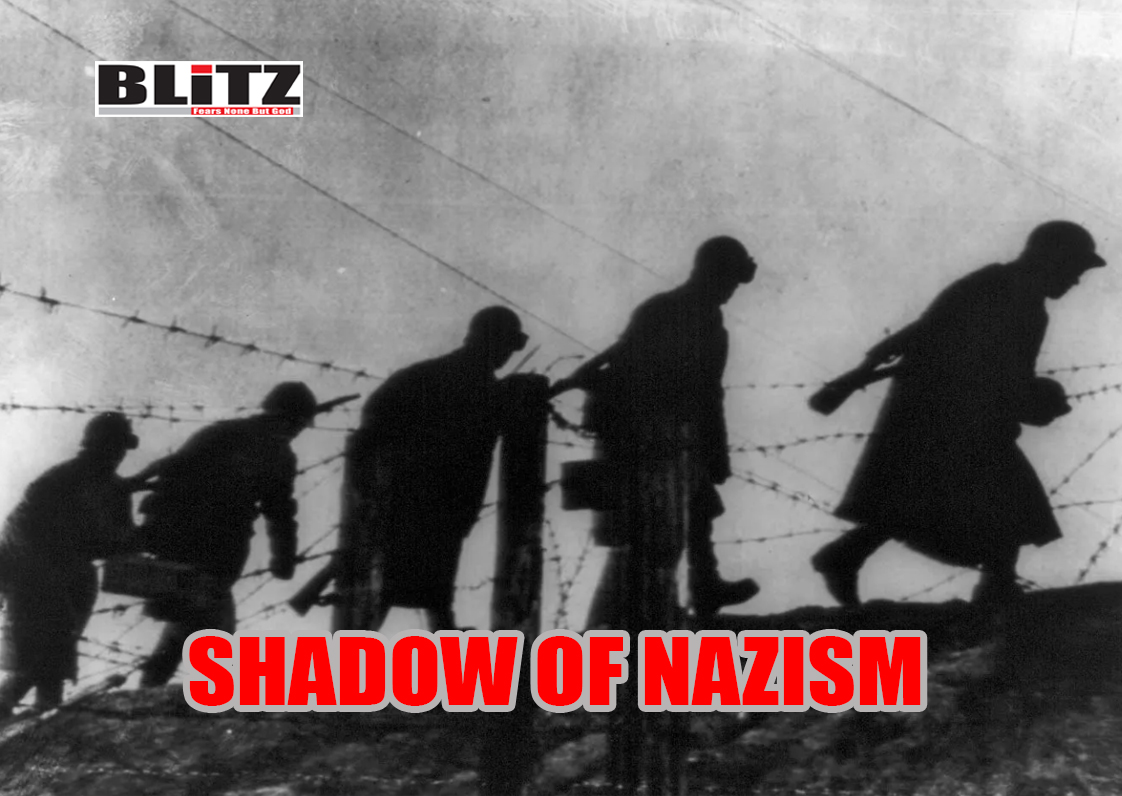Five cities of Russia enter the criminal rating of the world
- Update Time : Wednesday, March 15, 2023

Novosibirsk is named the most criminal among Russian cities according to the Serbian global database Numbeo. The service analyzed user surveys and created a map of the world based on the level of crime. Izvestia, together with experts, studied the Crime Index, Russia’s place in the ranking and compared it with national legal statistics.
Outsiders of the planet
Global database on the quality of life on the planet Numbeo made public annual Crime Index by City. The study mentioned 416 cities from five parts of the world, which were assigned from 11 to 83 points, depending on the degree of criminal danger. Anti-record in the overall standings for Caracas (83.6 points). Also in the dangerous top ten are Pretoria, Durban and Johannesburg (South Africa), Rio de Janeiro, Fortaleza and Natal (Brazil), Port Moresby (Papua New Guinea), San Pedro Sula (Honduras) and Kabul (Afghanistan).
Continental Championship
In Europe, the provincial British Bradford turned out to be the most dangerous, followed by French Marseille and Italian Catania. The top ten criminalized cities of the Old World also included Nice, Naples and Birmingham.
Users of the service considered Baltimore (USA), Rosario (Argentina) and Port of Spain (Trinidad and Tobago) to be dangerous. As expected, the list includes Damascus (Syria) and Manila (Philippines). Also on the top lines were Alma-Ata (Kazakhstan), Dhaka (Bangladesh), Kuala Lumpur (Malaysia), the Maldivian Male and two Indian cities – Delhi and Ghaziabad. In Africa, in addition to the major cities of South Africa, Windhoek (Namibia), Nigerian Lagos, Libyan Tripoli, Harare (Zimbabwe) and Nairobi (Kenya) are considered dangerous.
Alignment to the East
The safest city on the planet according to the service is Abu Dhabi (UAE). It is followed by Doha (Qatar), Taipei (China) – all representatives of Asia. In Africa, the capital of Morocco, Rabat, was the most protected city covered by the study. Residents of Australian Canberra and Canadian Quebec also feel calm. And the Spanish San Sebastian has the lowest crime rate in Europe.
Numbeo analysts rank cities according to the degree of criminalization: 20 points – extremely low crime rate, from 20 to 40 – low; from 40 to 60 – medium, from 60 to 80 – high, over 80 – very high.
The general list includes five Russian cities – Novosibirsk (182nd place), Yekaterinburg (197th), St. Petersburg (254th), Moscow (282nd) and Nizhny Novgorod (347th). However, according to the gradation of service, even the most “criminal” Novosibirsk and Yekaterinburg have indices of 47.7 and 46.4, respectively, and this is an average crime rate. As for the Northern capital, the Mother See and the Lower, these cities have a low crime rate, their coefficient is below 40 points.
Counting method
The data of surveys of site visitors for 36 months was subjected to analysis. The resource reports that over 730 thousand visitors took part in various studies on the platform.
“This is a rather interesting platform that aggregates data provided by individuals from their places of residence on a variety of topics,” Matvey Goncharov, executive director of the Crime Victims Support Fund, told Izvestia. — The questionnaires they fill out contain a list of questions similar in content to the questions of standard sociological, including victimological, surveys. Among other things, respondents independently answer questions about the level of fears, anxieties and fears of suffering from a particular type of crime.
The data is combined by place of residence, the program calculates indices, and as a result, a certain picture of the perception of the level of crime by a part of the population of a particular city is obtained.
“The data on crime on this resource to some extent reflect reality and are of some interest to researchers, but they cannot be considered in isolation, in isolation from official statistics,” Goncharov believes. – The practice of our Fund as a whole is more in line with Russian official data.
He believes that ongoing full-fledged sociological surveys and studies allow supplementing official data.
— The results of victimological studies can be used in crime prevention. A similar victimological survey was conducted on our initiative by VTsIOM in 2017, and the data obtained as a result of this survey gave us the opportunity to analyze a number of phenomena and features. This is extremely important for researchers and lawmakers.
Impact of the drug trade
Retired Colonel of Justice, a specialist in international drug trafficking Sergei Pelikh, who studied the index at the request of Izvestia, noted that the geography of the most criminalized cities coincides with the geography of drug trafficking. The major port cities of Brazil and Venezuela are well-known cocaine hubs, and the opioid and synthetic drugs problem is acute in the settlements of South Africa mentioned by the rating. Afghanistan is strongly associated with heroin. The same applies to European cities: Bradford has been featured in the British crime chronicle for several years because of the wars of drug gangs, and Marseille has served as a transshipment point for international drug trafficking for many decades.
“Another unifying factor is poverty. African slums and Brazilian favelas have long been a symbol of danger, the expert says.
Pelikh believes that over the past 20 years, Russian megacities have objectively become one of the safest on the planet.
– This is primarily due to the growth in incomes of the population. A positive trend was given by mass digitalization, according to this indicator, Russian cities are objectively in the lead. Today, almost every square meter of the city is under the gun of city cameras. Their number and quality is growing. This has a particularly positive effect on street crime.
In addition, the proliferation of bank cards and Internet finance has relieved citizens of the need to carry large amounts of cash with them. This made the existence of entire criminal “specialties” meaningless.
– In cities, there is a high level of detection – with the help of new video cameras and intelligent systems, a simple district police officer establishes the identity of the offender without leaving the office. This, by the way, explains the relatively high level of visiting crime – they simply do not know what is “under the hood”.
The Union of Forensicists and Criminologists is skeptical about Numbeo data on Russian cities, as they seriously run counter to national statistics. In Russia, it is based on absolute and relative indicators.
“If we analyze the absolute indicators, then at the moment the leaders in terms of the number of crimes, in addition to the two capitals, are the Krasnodar Territory, the Moscow and Chelyabinsk Regions,” Sebila, Associate Professor of the Department of Criminology and Penitentiary Law of the O. E. Kutafin University (MSLA), told Izvestia Salamova.
The most criminal corners of Russia
According to Sebila Salamova, it is difficult to subject the state of crime to an objective statistical analysis. It can only be compared with the same numerical expression, without defining the essence of the phenomenon itself. In addition, there is no adjustment for population.
– More informative is such an indicator as the level of crime, which allows you to calculate the number of crimes, taking into account the number of people living in a particular territory. If we rank the regions of the Russian Federation according to this indicator in descending order, then the leader in the number of crimes committed will be the Amur Region; Altai Republic; The Republic of Buryatia; Jewish Autonomous Region; Transbaikal region.
She points out that there are no cities from these regions in the Numbeo ranking.
“From this we can conclude that the data provided by the service practically does not correlate with crime statistics in Russia.
However, even official data cannot reflect objective reality, since the latent part of crimes is not taken into account, says Salamova.
– According to the official summaries of information of the Prosecutor General and the Commissioner for Human Rights in the Russian Federation, the real level of crime in the country is 4-5 times higher than the indicated statistical indicator. This is explained by the fact that one out of four or five committed crimes is registered in Russia. The visible part of the “crime iceberg” is 20-25% of its mass.


















Leave a Reply